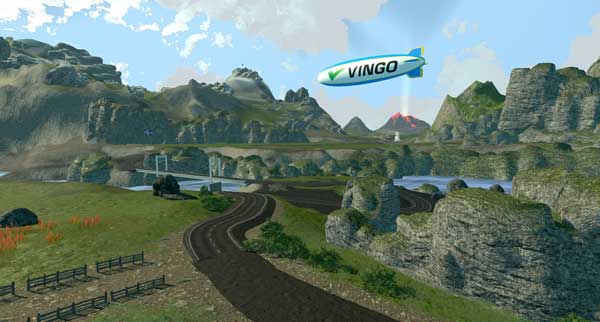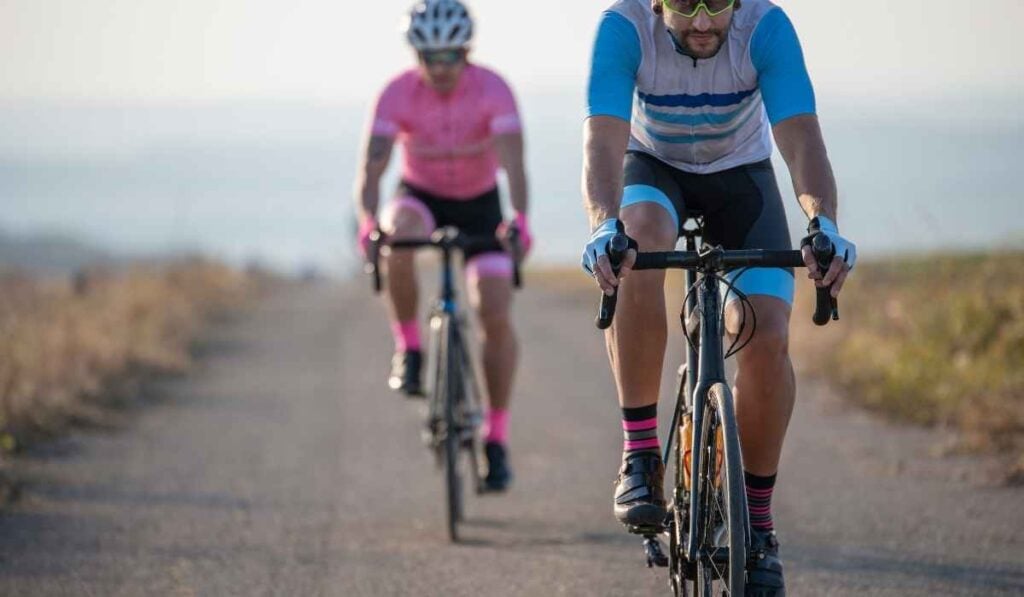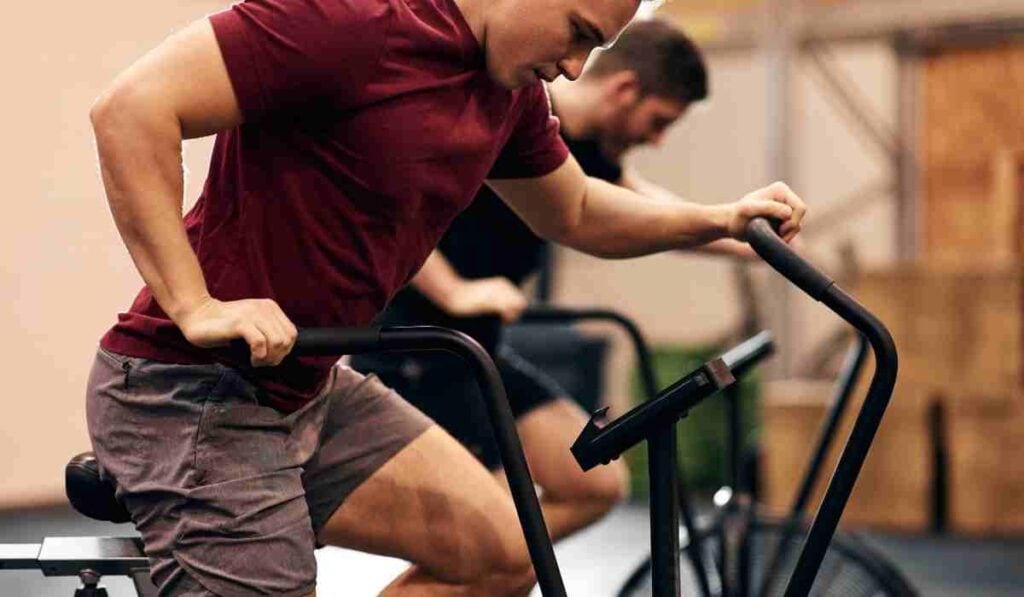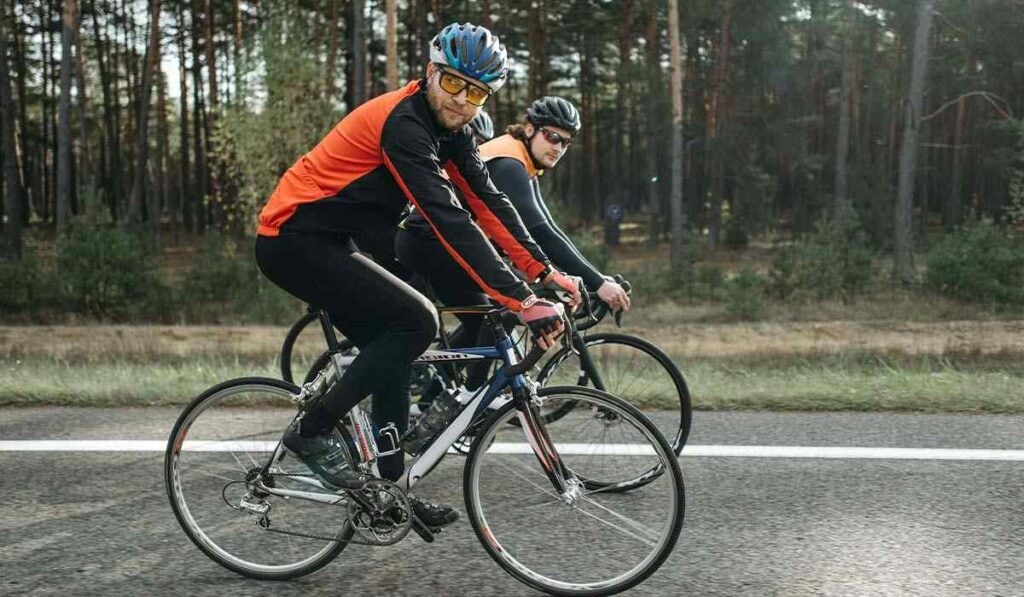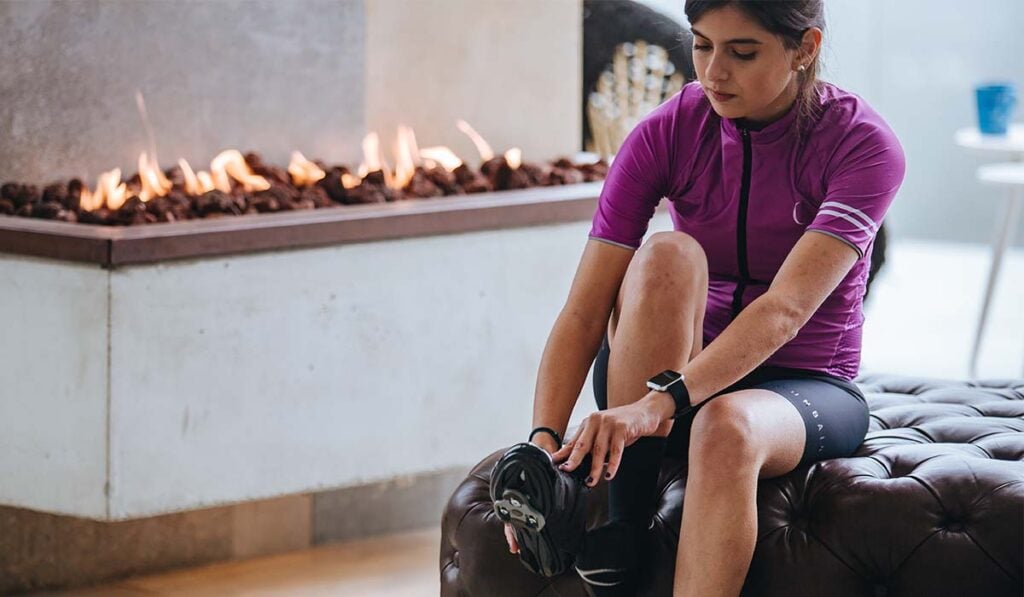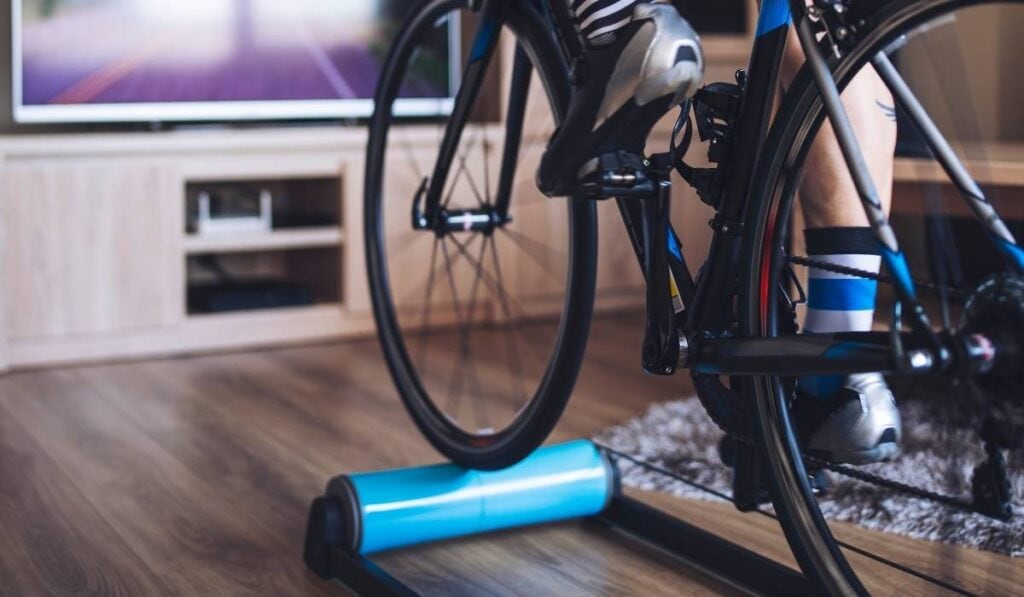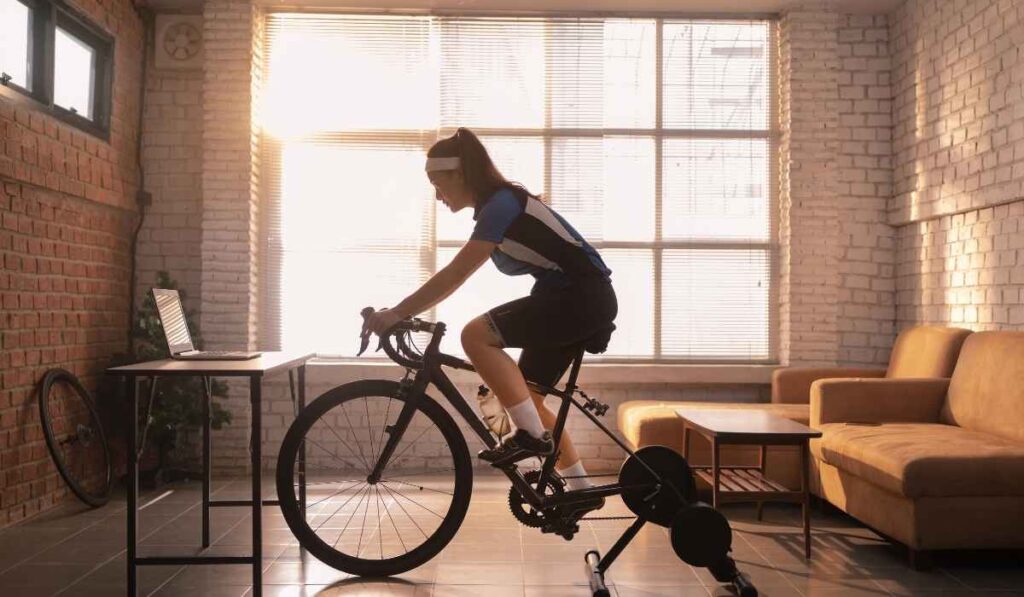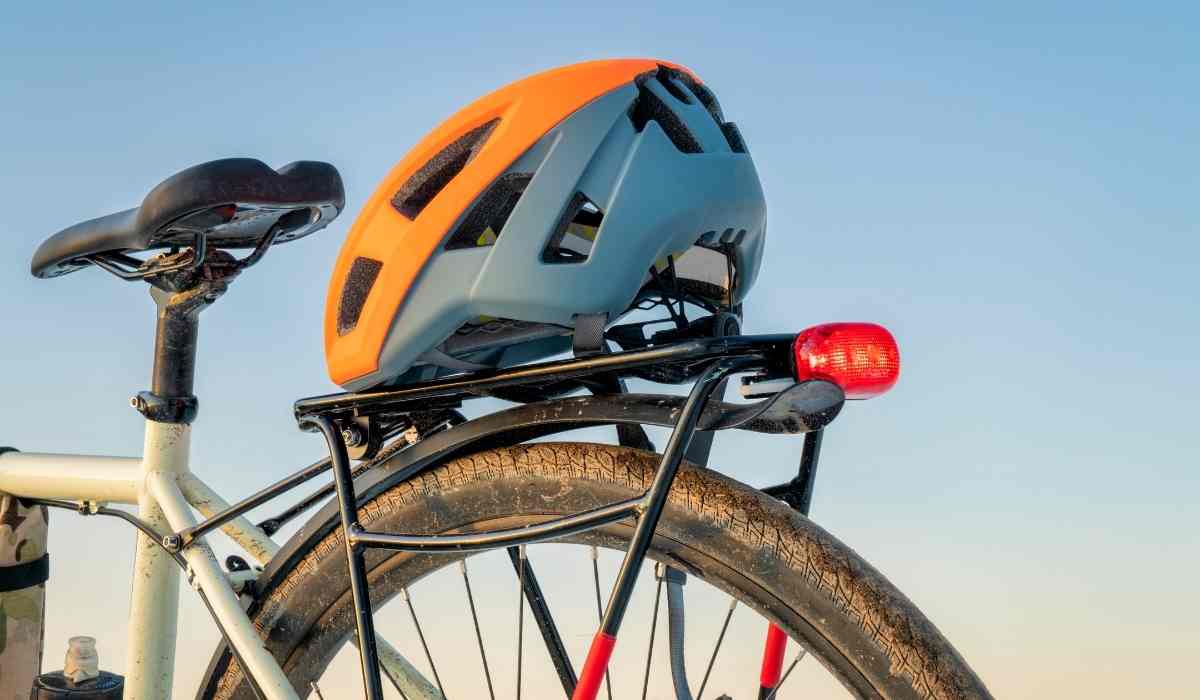
A Guide to the Different Types of Bicycle Touring
You might enjoy a cycling tour if you’ve ever wanted to ride your bicycle for days or weeks while exploring nearby or far-off destinations. Much like a road trip, you’ll head to a nearby or distant destination, but instead of using your car to power your journey, you’ll use your legs! Here’s everything you need to know about bicycle touring.
What is bicycle touring?
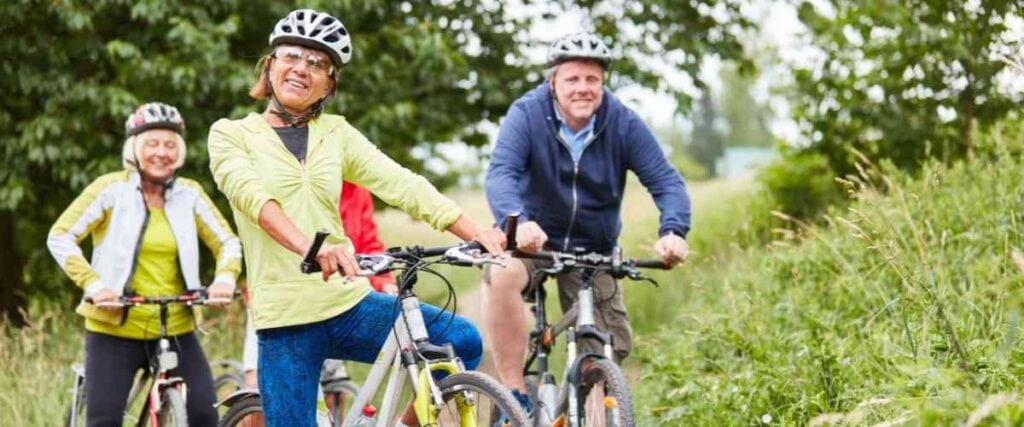
Bicycle touring is the process of traveling on a bicycle for days, weeks, or even months straight. Most often, you spend your time cycling on paved roads, but every so often, your route may take you off onto a dirt or gravel trail.
There are many different types of bicycle tours, from self-supported rides where you carry all your supplies and camp along the way to cycling tours operated by commercial companies who plan and organize the trip and transport all your gear for you.
People of all ages, abilities, backgrounds, and budgets go on bicycle tours, and they take place worldwide. No matter where you’re from or your background, a bicycle tour can be an exciting way to experience the world around you and get some great exercise simultaneously!
What are the different types of bicycle tours?
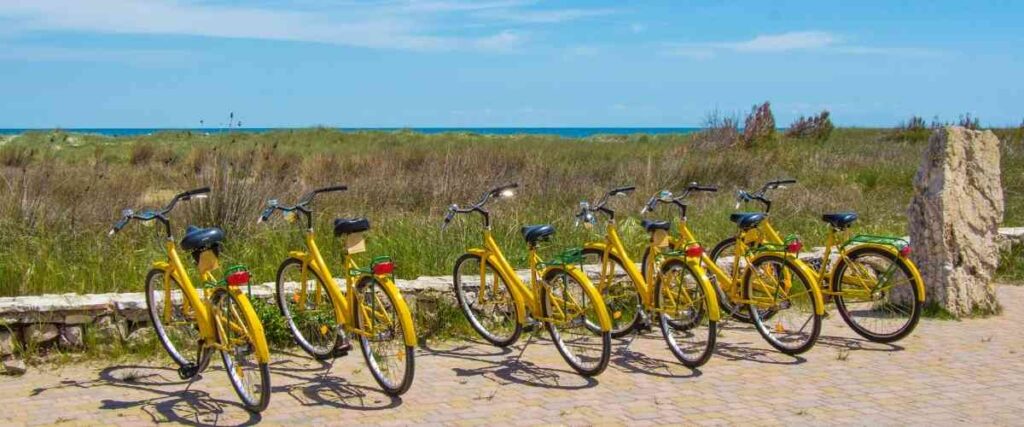
If you decide to go on a bicycle tour, there are plenty of ways to do it. To help you sort through your options, here are some of the most common types of bike tours that may be available to you.
Traditional bicycle tours
Many people start out doing traditional bicycle tours. This type of tour is a self-supported ride on paved road routes. During the tour, you transport your own gear and arrange your own route, lodging, and food along the way. For this type of ride, you’d typically use a road touring bicycle and keep to well-established routes.
Overnight bike tours
An overnight bicycle tour consists of two days of cycling and one overnight stay. Typically, you bike to a nearby destination on the first day and then stay overnight somewhere. For lodging, you camp or stay at a hotel or short-term rental home and then wake up and cycle back home the following day. Overnight tours are self-supported rides, meaning you carry all your gear and plan your route.
Credit card bike tours
A credit card cycling tour is when you travel to a destination by bike, but you only bring a credit card or cash along with you. As you cycle, you purchase what you need along the way, including food, lodging, and any supplies you may need. A commercial company doesn’t usually manage these tours, and most people travel like this for a week or less, although some people may complete longer credit card tours.
Supported bike tours
A supported cycling tour is when you receive assistance transporting your gear or navigating your route from someone else. For example, a friend or loved one may drive along the route and meet you at specific destinations with your gear and food.
Guided, supported bike tours
A guided, supported tour is similar to a supported tour, but it’s when you receive assistance from a professional guide or commercial company. They may transport your supplies, food, and navigate your route along the way.
Expedition bike tours
An expedition tour is when you bike through a remote or undeveloped area that doesn’t necessarily have paved or established roads and routes. It’s a self-supported bicycle touring requiring a bit more experience and know-how to navigate the route safely. Once someone has mastered a traditional bicycle tour, they’re more likely to take on an expedition tour, which can be more physically and logistically demanding.
Bikepacking bike tours
Bikepacking is when you cycle off-road and carry very little food, gear, and clothes with you. Most people ride off-road touring bikes for these tours because the routes are usually rough and unpaved. Most often, bikepacking adventures are self-supported.
Virtual bike tours
Sometimes, your work schedule or budget may not allow for traditional bike touring, but that doesn’t mean it’s entirely off-limits for you. A virtual bike tour is an excellent way to explore routes around the globe without requiring any significant time or financial commitment. With Vingo, you can use any indoor bike to explore incredible routes through Iceland and beyond. Vingo is compatible with all indoor bikes and doesn’t even require a sensor if you don’t have one to use. Instead, you can change your speed manually on the screen as you ride. It’s never been easier to explore the world virtually on a bike.
What are the benefits of going on a cycling tour?

There are plenty of great reasons to embark on a bicycle tour:
- You’ll get to see and experience places that aren’t typically accessible when traveling by car.
- You’ll get to take on a new physical challenge every day and get stronger as you do it.
- It’s an extremely eco-friendly way to travel.
- You have more control over the speed of your journey.
- It’s a memorable experience.
Where should I go bike touring?
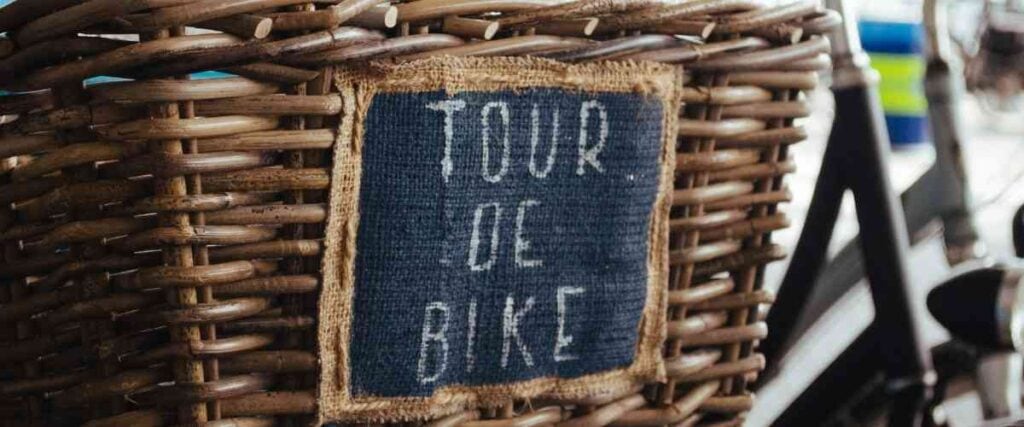
You can go almost anywhere on a bike tour! That’s part of what makes it so great. Just consider things like:
- How much time you have available
- How many miles you’re prepared to cycle
- What you’d like to see along the way
Many cycling organizations have already mapped out routes across the country, so you don’t have to spend extra time planning a new route unless you just want to. It’s also a good idea to follow dedicated bike paths unless you have prior experience with road cycling. Busy roads and highways can be dangerous for cyclists.
Before you set out on a bicycle tour, deciding what type of lodging you prefer is wise. Where you stay overnight will influence what supplies you carry along with you on your bike. Many cyclists choose to camp as they’re touring because it’s the least expensive. However, you also have to bring more gear, like a tent, cooking supplies, and other things you need to be comfortable overnight. Otherwise, hotels, bed, and breakfasts, or short-term rentals like Airbnbs are all great options.
If this is your first bicycle tour, consider choosing a route close to established towns or cities. That way, you’ll never be far from food, supplies, and emergency services if you need them.
Discover the most popular bike trails in the US:
What should I bring on a bike tour?
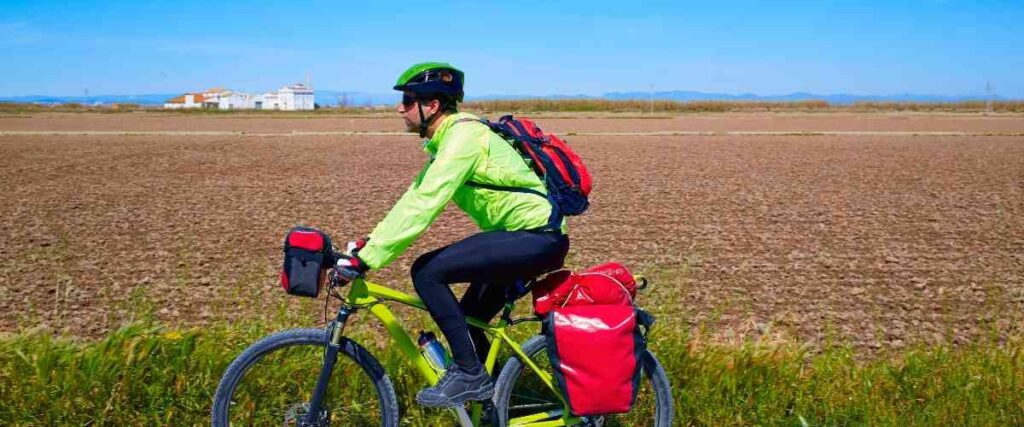
Once you’re ready to start packing for your bicycle tour, make sure you bring these essentials:
- A bike and helmet: Perhaps it goes without saying, but you’ll need to bring your bike and a helmet on your bike tour. Depending on the type of bike tour you’re taking, you may want a mountain bike, but in most cases, a basic road bike will be just fine. Your helmet is always a necessity to protect your head from injuries.
- A pannier or two: Pannier bags attach to the front or back of your bike and can carry up to 50 pounds. Bring one or two of these bags for your tour to carry all your gear, food, and equipment.
- Repair items: Plan on bringing a simple bike repair kit to help you deal with unanticipated problems like flat tires or damaged spokes.
- First aid kit: It’s never ideal, but if you experience a rough fall while touring, it’s good to have a first aid kit on hand containing items like gauze, bandages, plastic gloves, cleansing wipes, a cold pack, and Neosporin.
- Water bottle: Water is an essential part of any cycling trip, so make sure you have a full bottle when you take off and plan for stops to refill it along the way.
- Food and snacks: Depending on the duration of your trip, you may need to pack a decent amount of snacks and meals. Unless you plan to eat at restaurants along your route. In that case, you can probably get away with just packing some snacks.
- Tent and sleeping bag: For cycling tours that involve camping overnight, you’ll also want to bring a small tent and sleeping bag to get some rest when you stop.
- Portable stove and cooking utensils: To make food preparation easier and provide more options, make sure to bring a stove and utensils. That way, you can enjoy a filling and nutritious meal even if your biking route isn’t near a well-populated town or city with restaurants.
Is bicycle touring right for me?
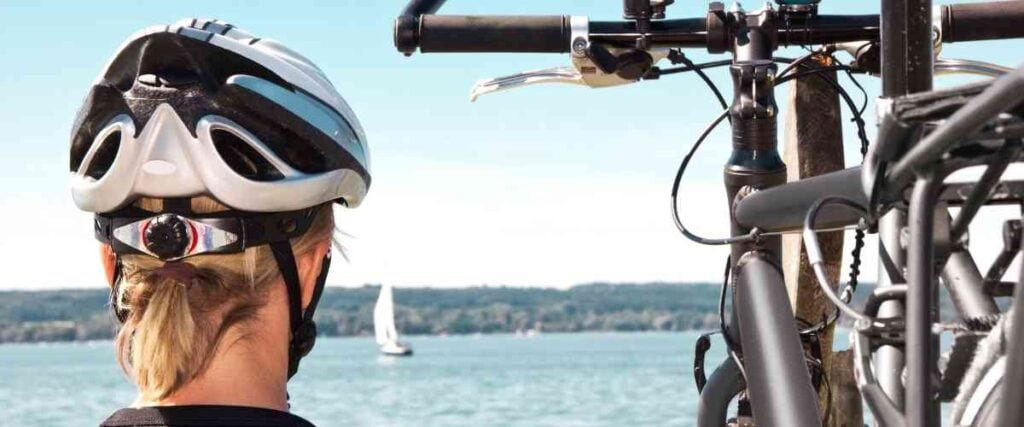
If you enjoy exploring the world on your bicycle, a cycling tour is an excellent way to do it. Depending on your preferences and abilities, a quick overnight tour might be better than a week-long cycling excursion through the mountains. But it’s really up to you! First-timers may be more comfortable with a short and simple trip to start, but regardless of how experienced you are, we recommend traveling with a buddy instead of on your own.


